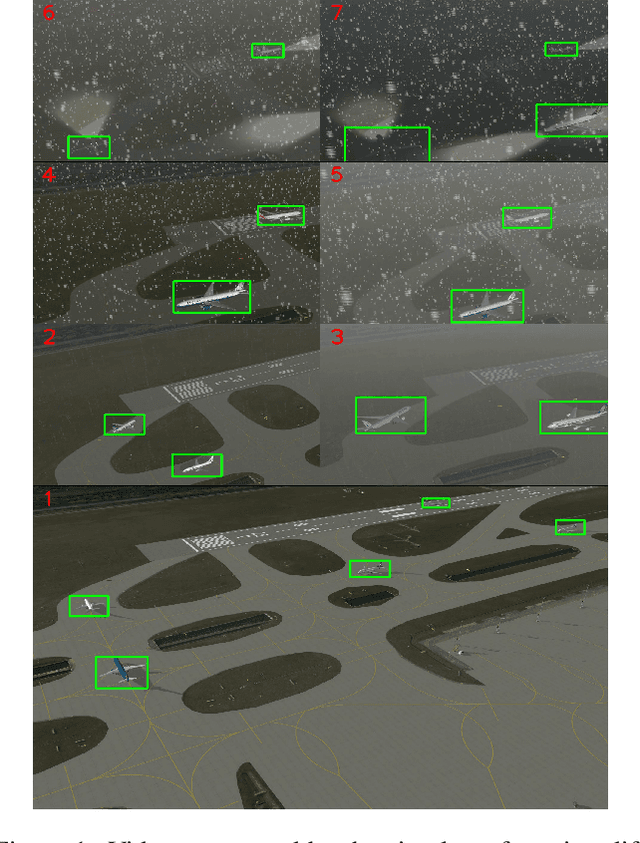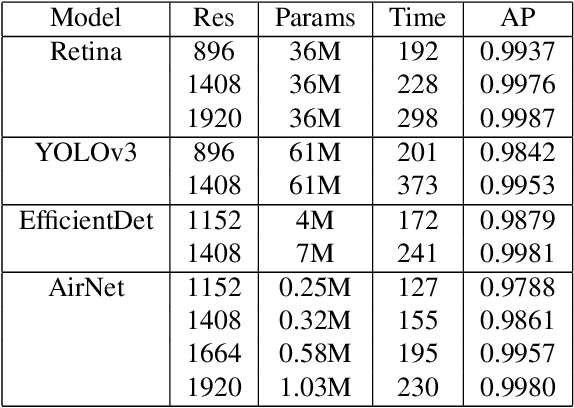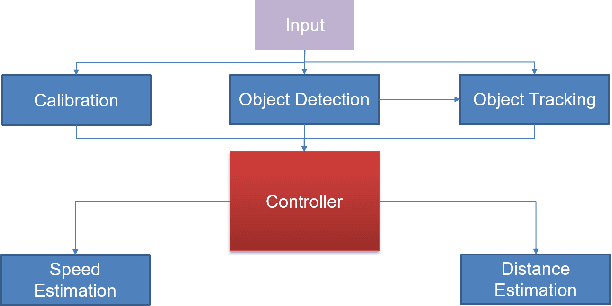Phat Thai
Speaking in Words, Thinking in Logic: A Dual-Process Framework in QA Systems
Jul 28, 2025Abstract:Recent advances in large language models (LLMs) have significantly enhanced question-answering (QA) capabilities, particularly in open-domain contexts. However, in closed-domain scenarios such as education, healthcare, and law, users demand not only accurate answers but also transparent reasoning and explainable decision-making processes. While neural-symbolic (NeSy) frameworks have emerged as a promising solution, leveraging LLMs for natural language understanding and symbolic systems for formal reasoning, existing approaches often rely on large-scale models and exhibit inefficiencies in translating natural language into formal logic representations. To address these limitations, we introduce Text-JEPA (Text-based Joint-Embedding Predictive Architecture), a lightweight yet effective framework for converting natural language into first-order logic (NL2FOL). Drawing inspiration from dual-system cognitive theory, Text-JEPA emulates System 1 by efficiently generating logic representations, while the Z3 solver operates as System 2, enabling robust logical inference. To rigorously evaluate the NL2FOL-to-reasoning pipeline, we propose a comprehensive evaluation framework comprising three custom metrics: conversion score, reasoning score, and Spearman rho score, which collectively capture the quality of logical translation and its downstream impact on reasoning accuracy. Empirical results on domain-specific datasets demonstrate that Text-JEPA achieves competitive performance with significantly lower computational overhead compared to larger LLM-based systems. Our findings highlight the potential of structured, interpretable reasoning frameworks for building efficient and explainable QA systems in specialized domains.
Deep4Air: A Novel Deep Learning Framework for Airport Airside Surveillance
Oct 02, 2020



Abstract:An airport runway and taxiway (airside) area is a highly dynamic and complex environment featuring interactions between different types of vehicles (speed and dimension), under varying visibility and traffic conditions. Airport ground movements are deemed safety-critical activities, and safe-separation procedures must be maintained by Air Traffic Controllers (ATCs). Large airports with complicated runway-taxiway systems use advanced ground surveillance systems. However, these systems have inherent limitations and a lack of real-time analytics. In this paper, we propose a novel computer-vision based framework, namely "Deep4Air", which can not only augment the ground surveillance systems via the automated visual monitoring of runways and taxiways for aircraft location, but also provide real-time speed and distance analytics for aircraft on runways and taxiways. The proposed framework includes an adaptive deep neural network for efficiently detecting and tracking aircraft. The experimental results show an average precision of detection and tracking of up to 99.8% on simulated data with validations on surveillance videos from the digital tower at George Bush Intercontinental Airport. The results also demonstrate that "Deep4Air" can locate aircraft positions relative to the airport runway and taxiway infrastructure with high accuracy. Furthermore, aircraft speed and separation distance are monitored in real-time, providing enhanced safety management.
 Add to Chrome
Add to Chrome Add to Firefox
Add to Firefox Add to Edge
Add to Edge